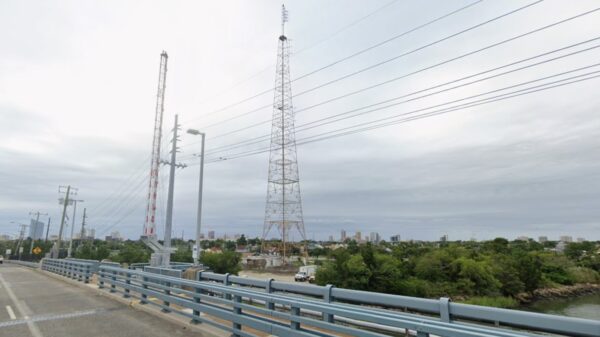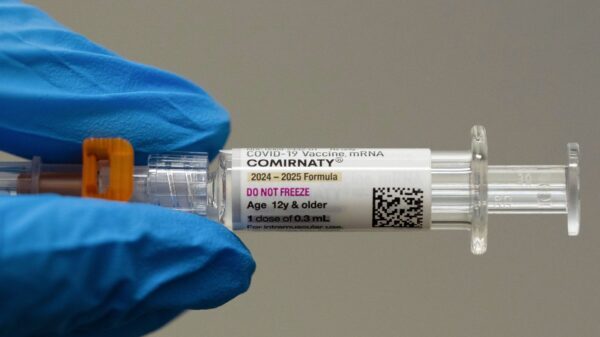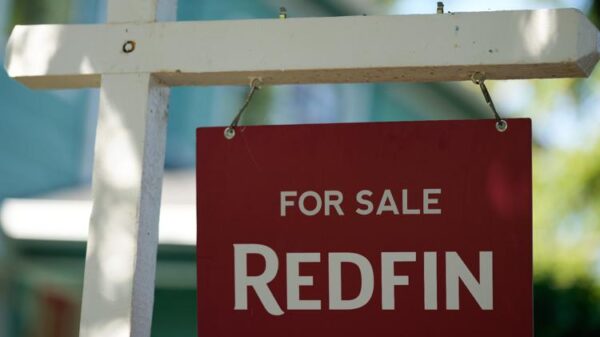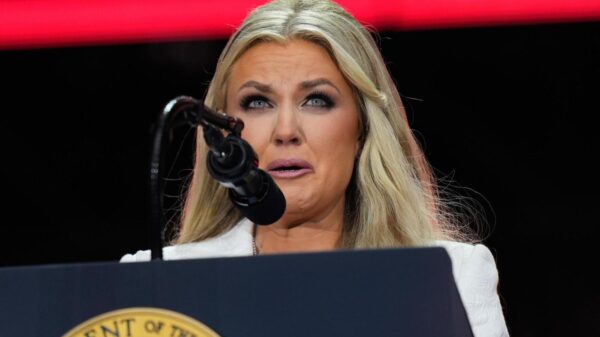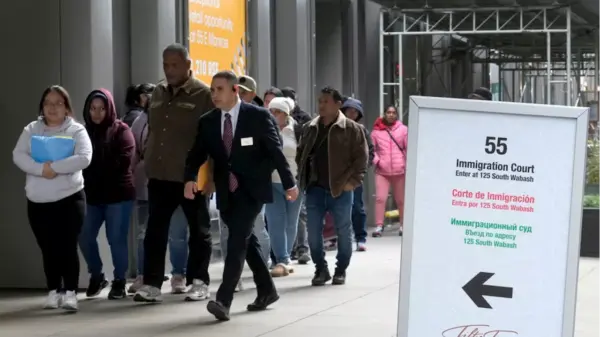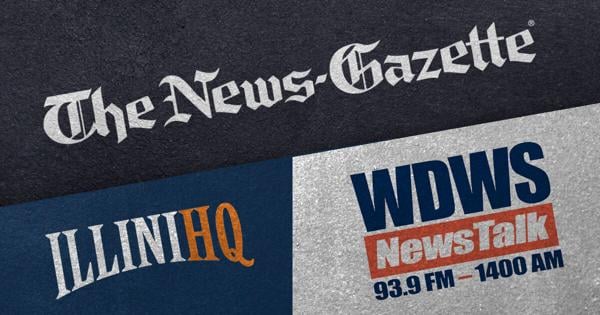Inflation in the United States worsened in August 2023, driven by rising prices for gas, groceries, and airfares. This increase complicates the Federal Reserve’s decision-making as it approaches its upcoming meeting, where a rate cut is anticipated. According to the Labor Department, consumer prices climbed by 2.9% from the previous year, up from 2.7% in July. This marks the most significant rise since January and remains above the Federal Reserve’s target of 2%.
Despite the inflation surge, the job market shows signs of weakness. The unemployment rate edged up to 4.3% in August, and weekly unemployment claims rose sharply, indicating a potential increase in layoffs. The number of people applying for unemployment benefits jumped by 27,000 to 263,000, the highest level in nearly four years. This duality of rising inflation and a cooling job market presents a challenge for Federal Reserve policymakers, who must navigate these contrasting pressures.
Federal Reserve Faces Tough Choices
The Federal Reserve is expected to cut its short-term interest rate from 4.3% to about 4.1% during its two-day meeting beginning on September 19, 2023. Typically, the Fed would lower rates in response to rising unemployment to encourage spending and economic growth. However, persistent inflation complicates this approach.
Kathy Bostjancic, chief economist for Nationwide, commented, “Consumer inflation came in mildly hotter than forecast, but not nearly high enough to prevent the Fed from starting to cut rates next week.” This sentiment reflects the Fed’s ongoing struggle to balance economic growth with controlling inflation.
In August, overall inflation increased by 0.4% month-on-month, accelerating from the 0.2% increase observed in July. Core prices, which exclude food and energy, rose by 0.3% for the second consecutive month. Specific categories saw notable price increases, with gas prices rising by 1.9% and airfares surging by 5.9%.
Impact on Consumers and Businesses
The rising costs have prompted some businesses to raise prices. Cheetie Kumar, owner of the Mediterranean restaurant Ajja in Raleigh, North Carolina, noted significant increases in her supply costs. “Overall costs are up about 10% from a year ago, with beef costs up 7%, and even bigger increases for coffee, chocolate, and spices,” she stated. Kumar has increased menu prices by $1 or $2, but she expressed concern about the potential impact on demand.
Major retailers are also feeling the pressure. E.L.F. Cosmetics recently raised prices by $1, but CFO Mandy Fields indicated uncertainty about whether this increase would sufficiently offset rising tariff costs. Although many retailers have not specified exact price hikes, companies like Home Depot and Macy’s described their approaches as modest.
Despite the challenges, consumers have not yet faced the significant price increases that economists had anticipated earlier in the year. Many retailers ordered goods ahead of the tariff implementations and absorbed a portion of the costs rather than passing them on to consumers. However, as inventory levels are replenished, chains such as Walmart have warned of upcoming cost increases.
As the Federal Reserve weighs its options, the interplay of inflation and employment trends will be critical in shaping economic policy in the months ahead.



